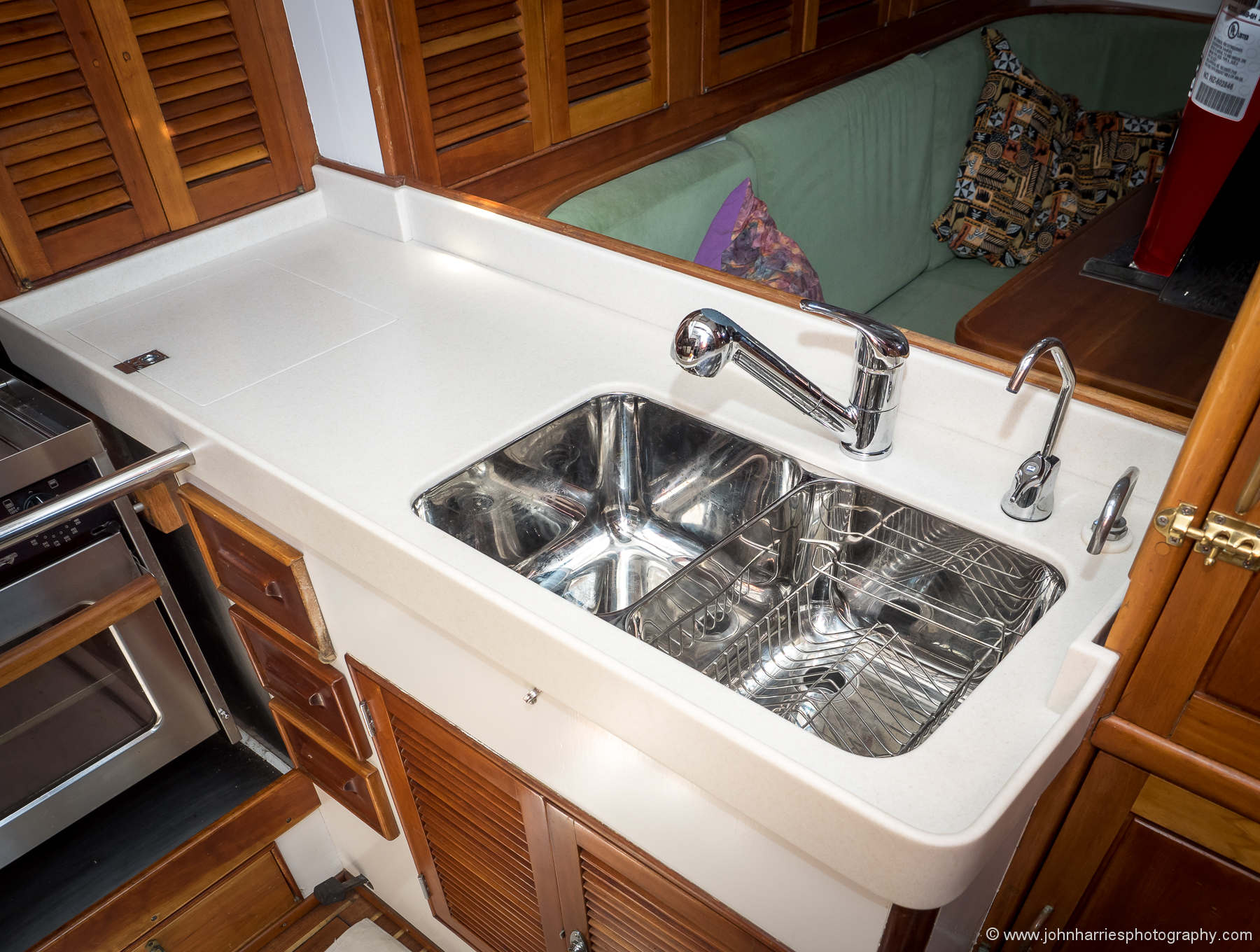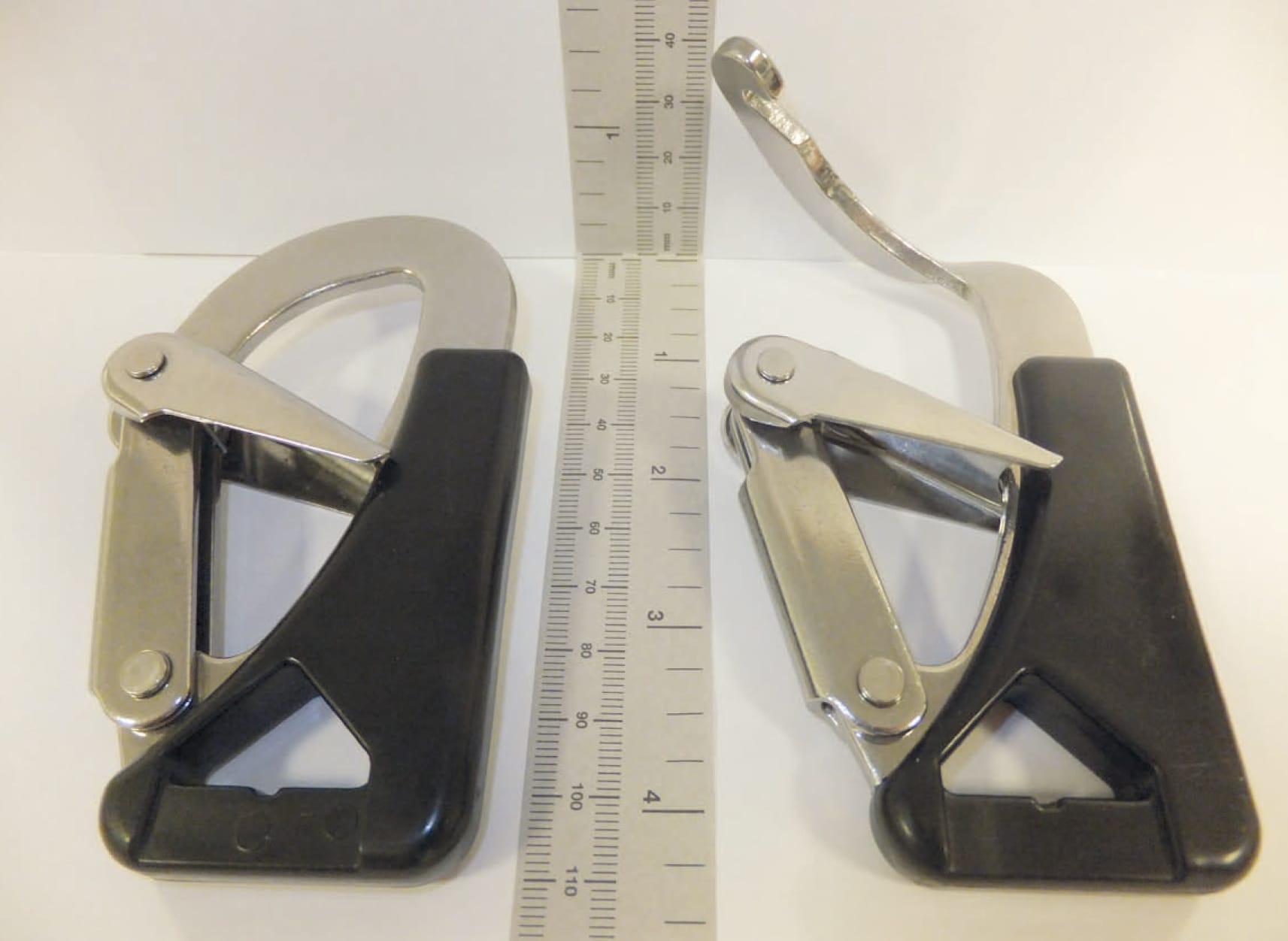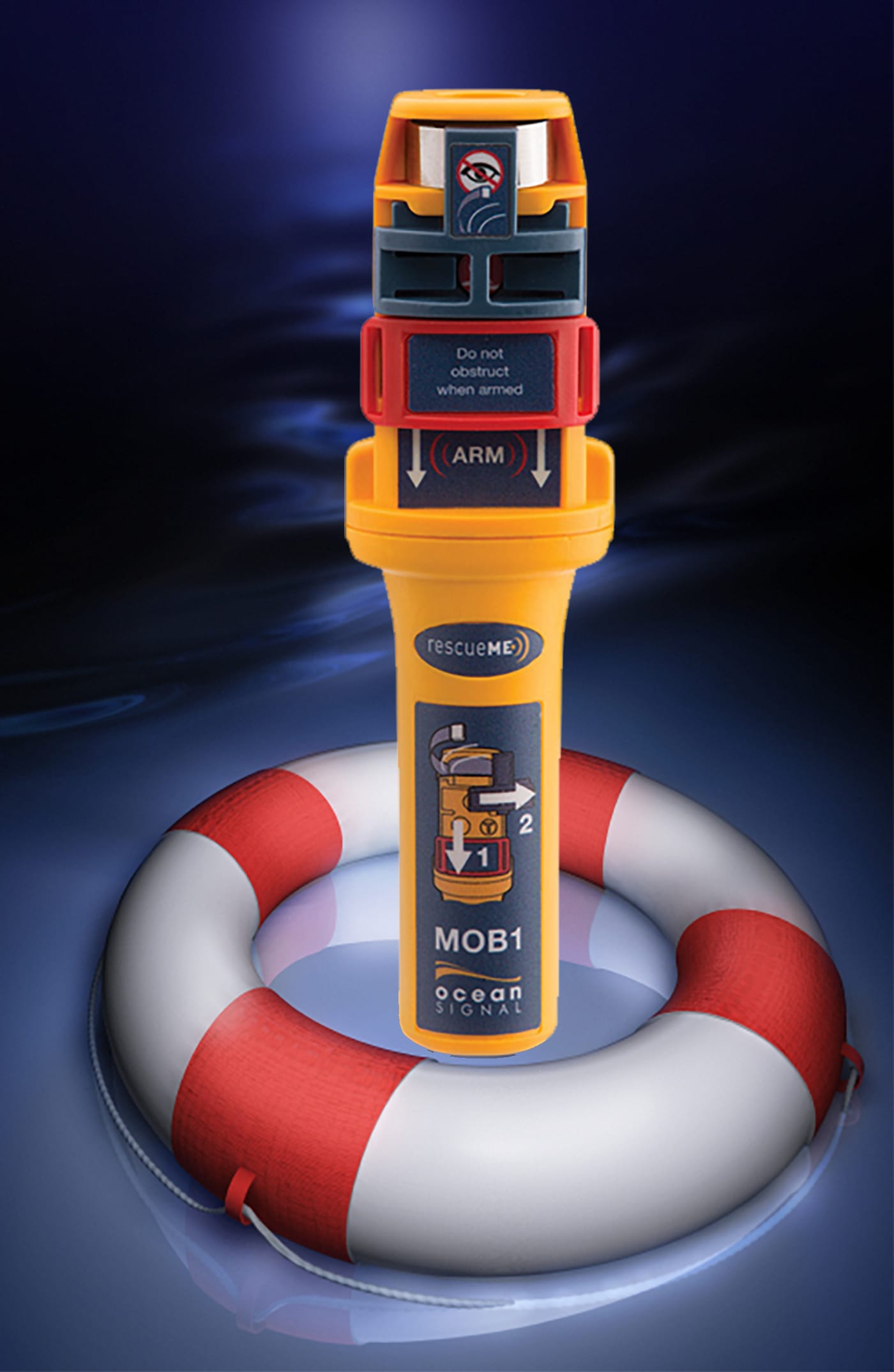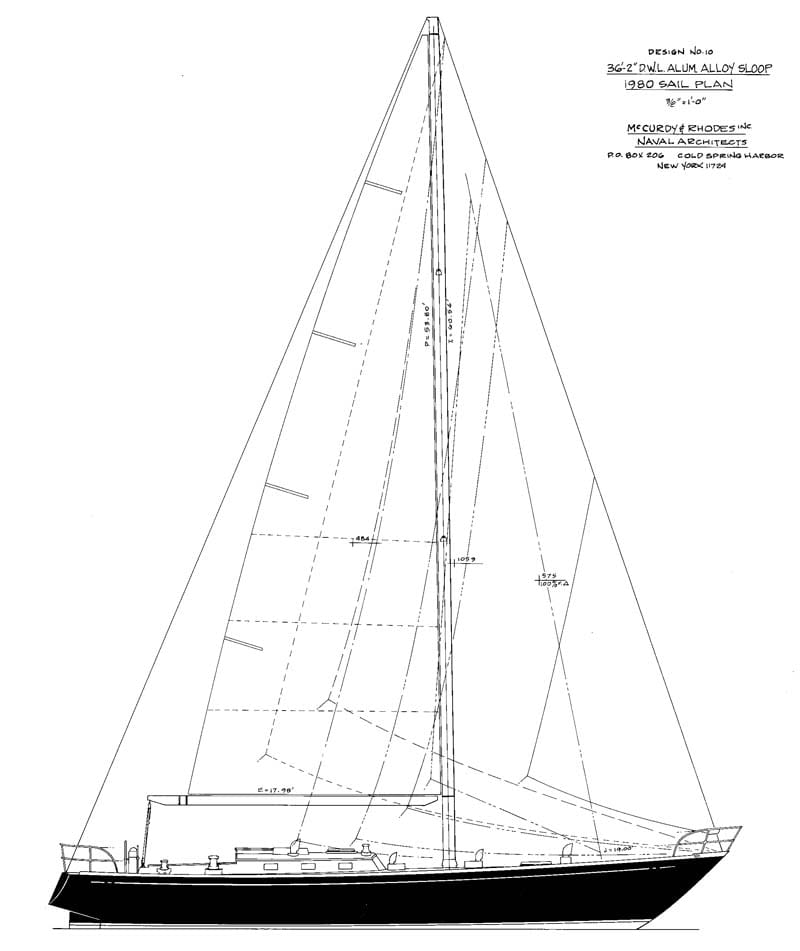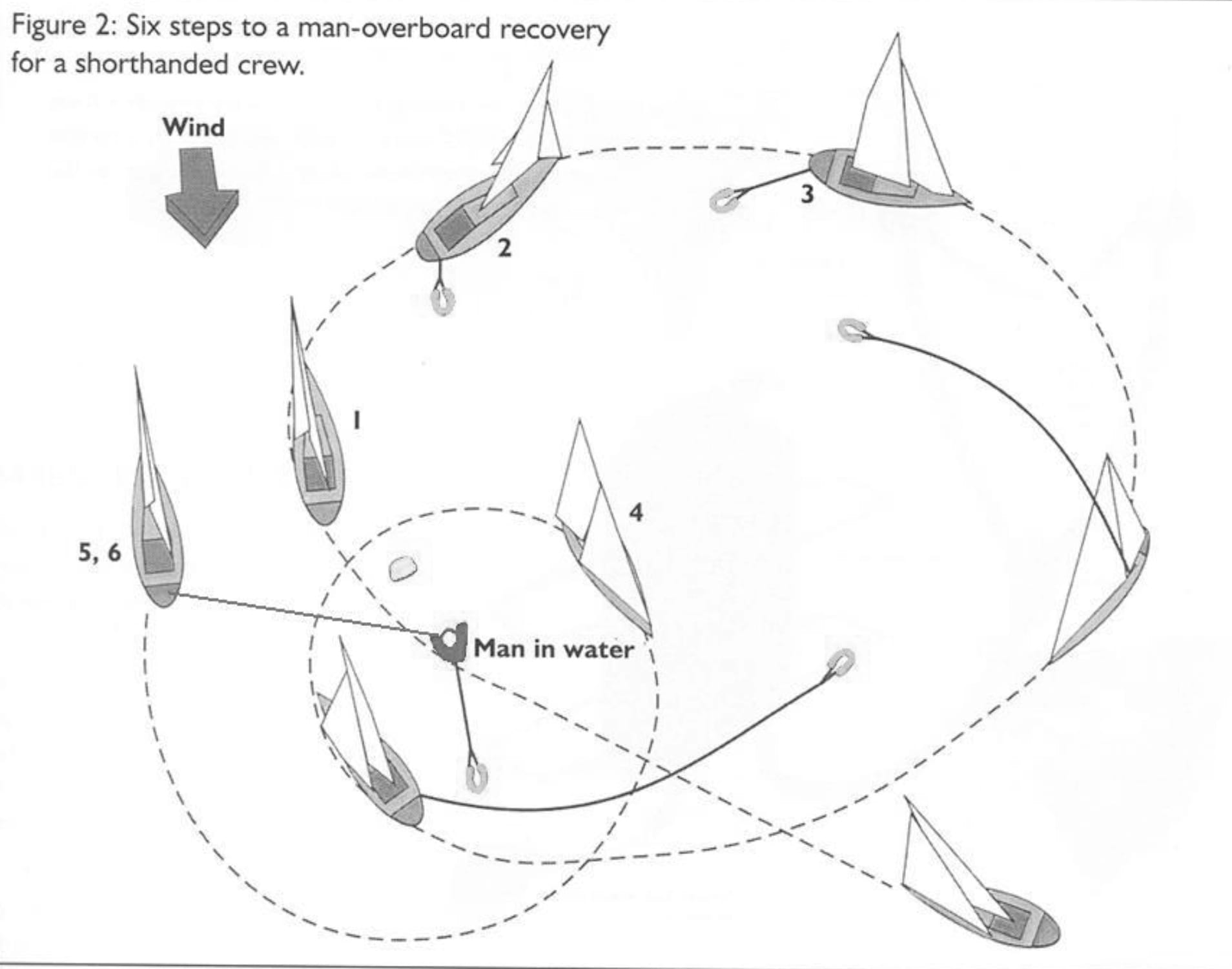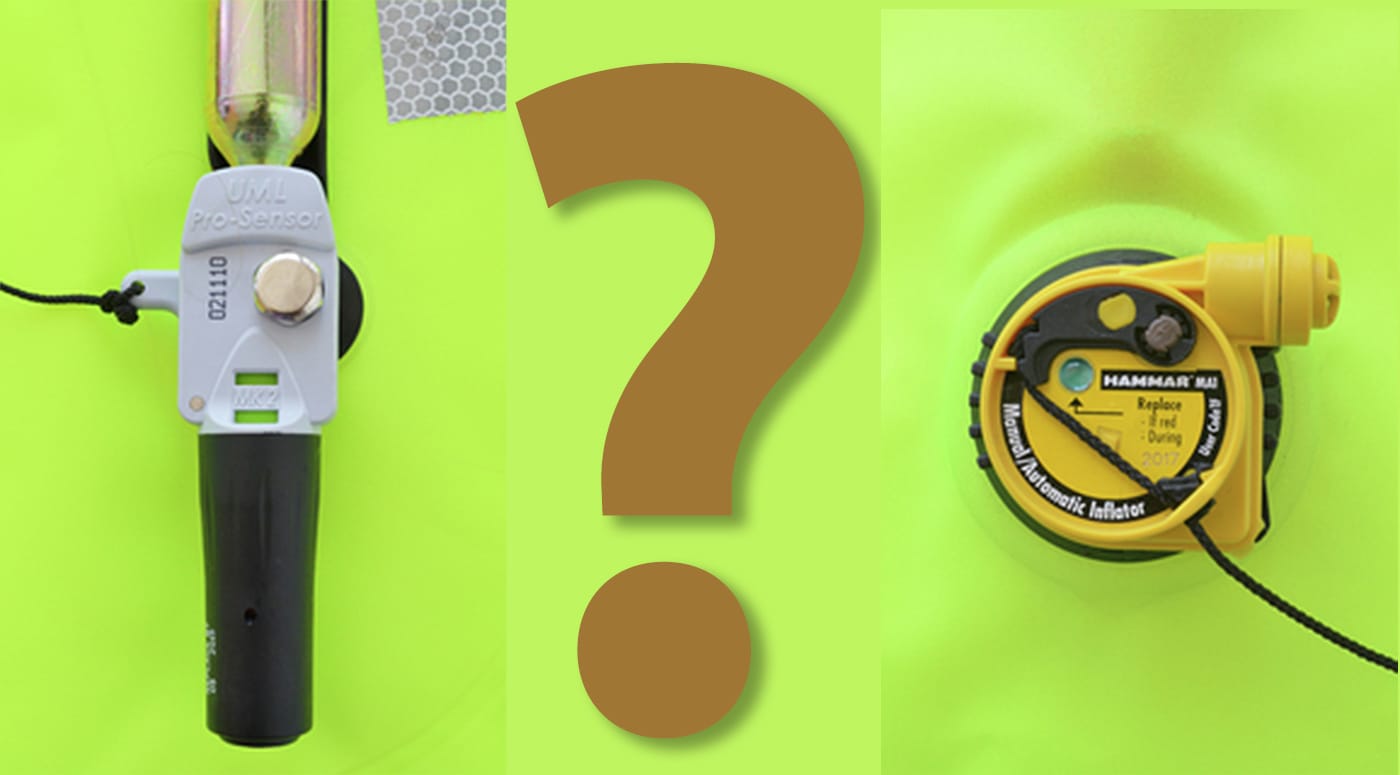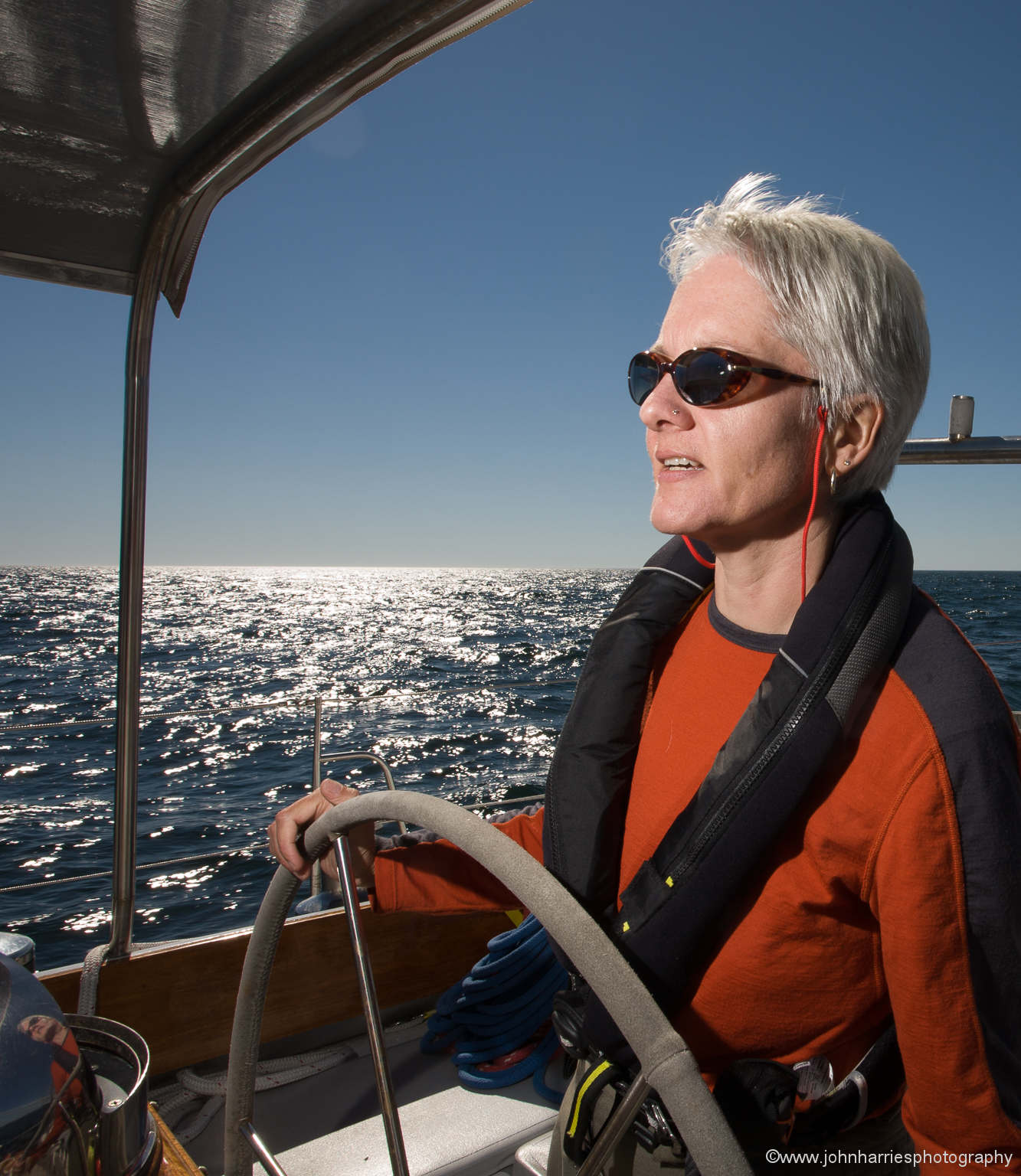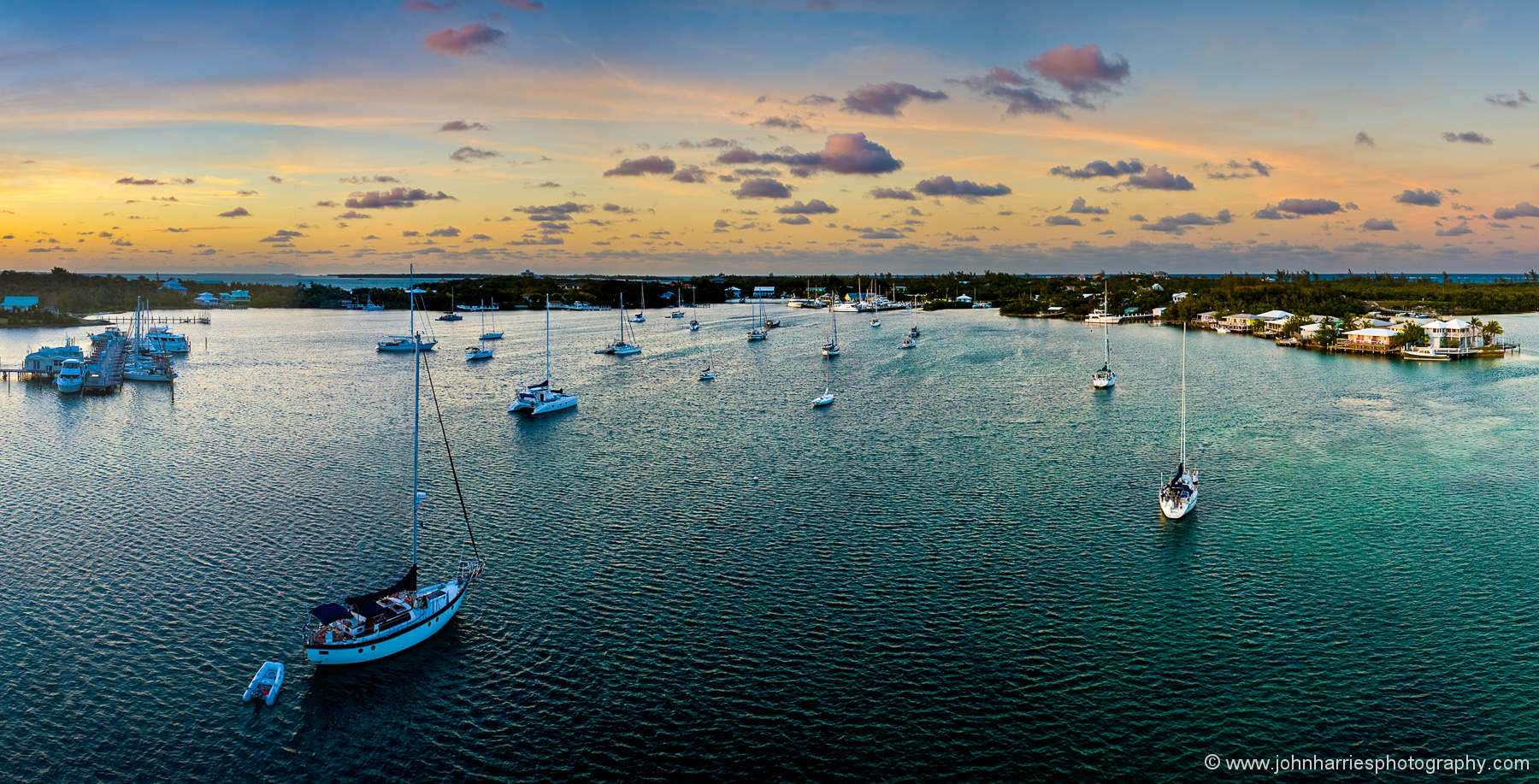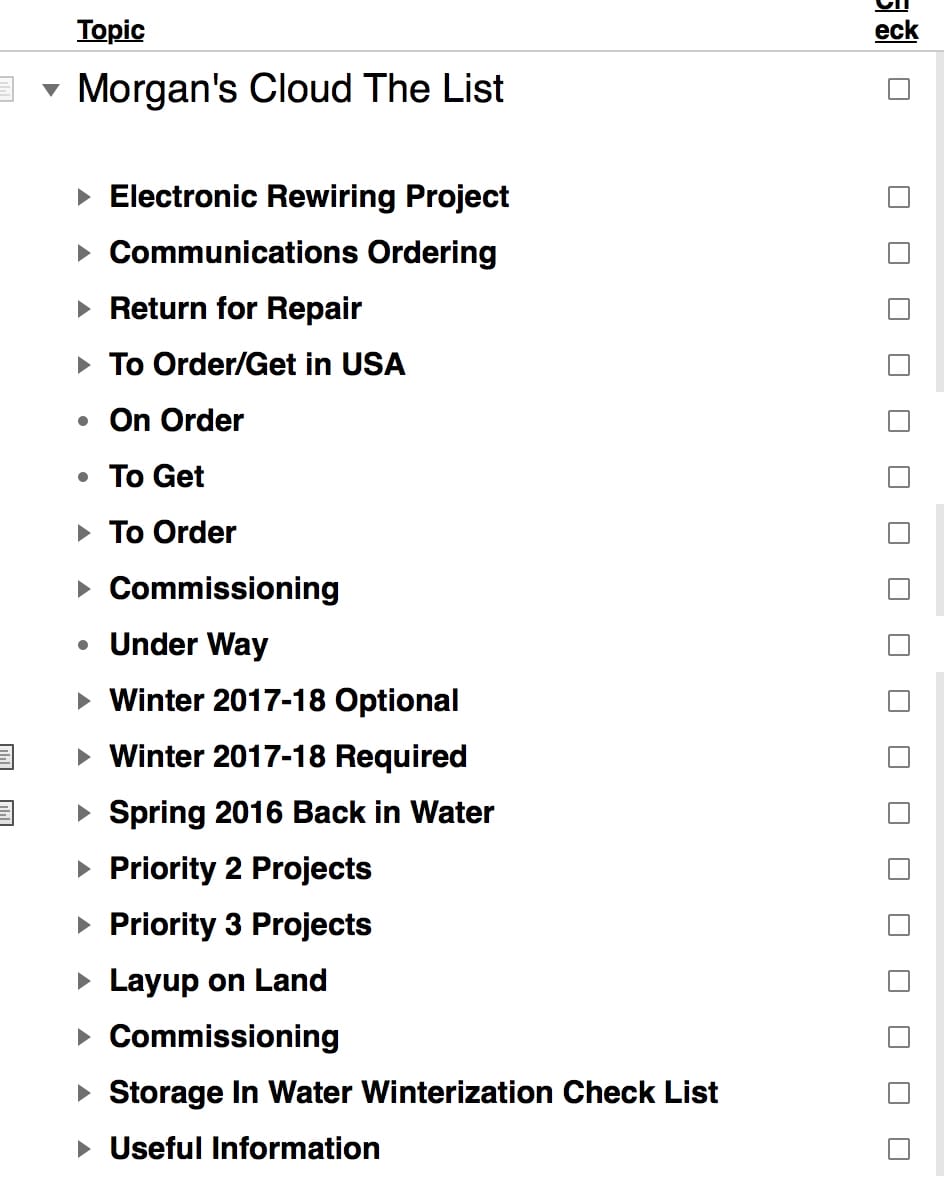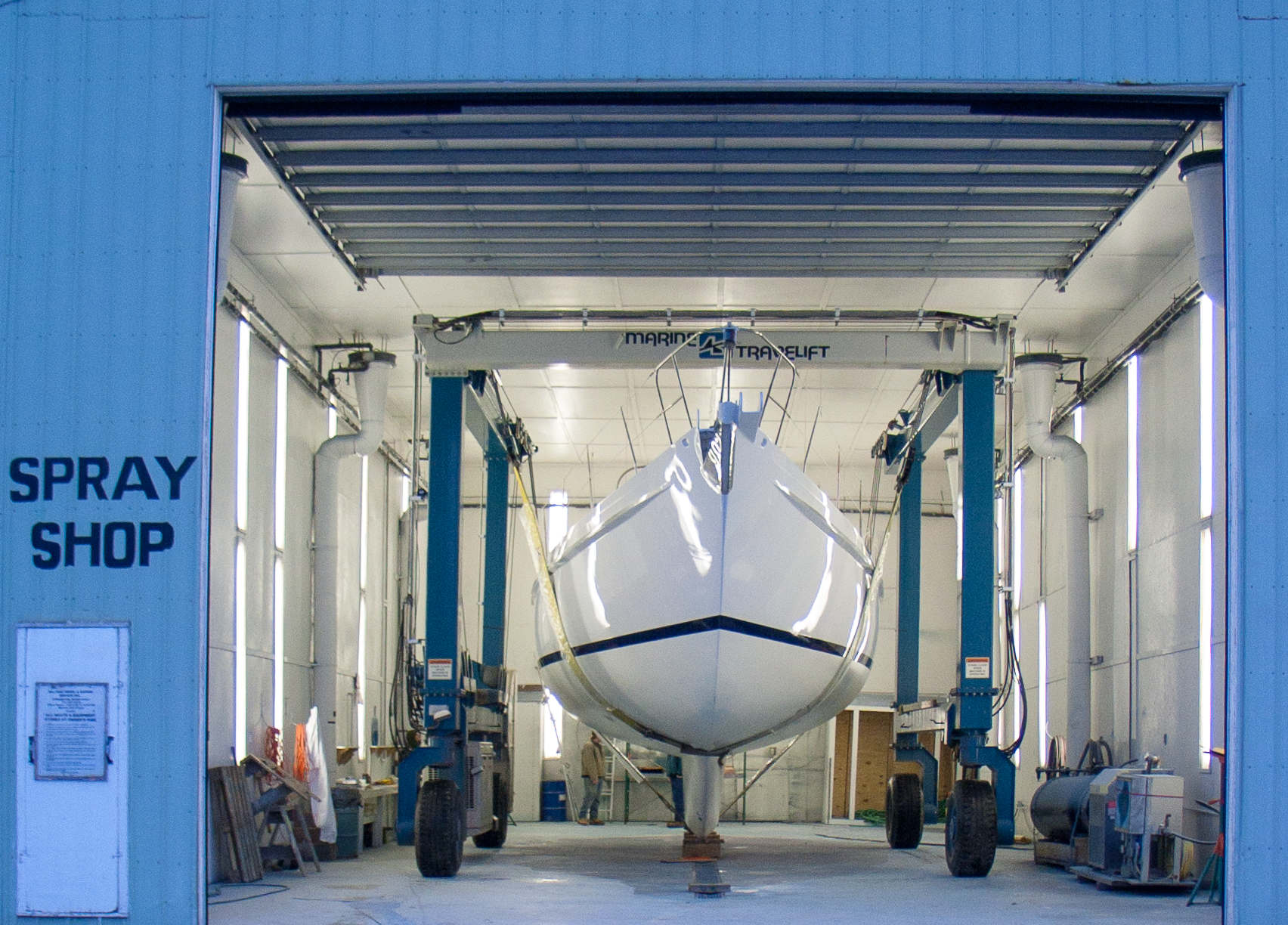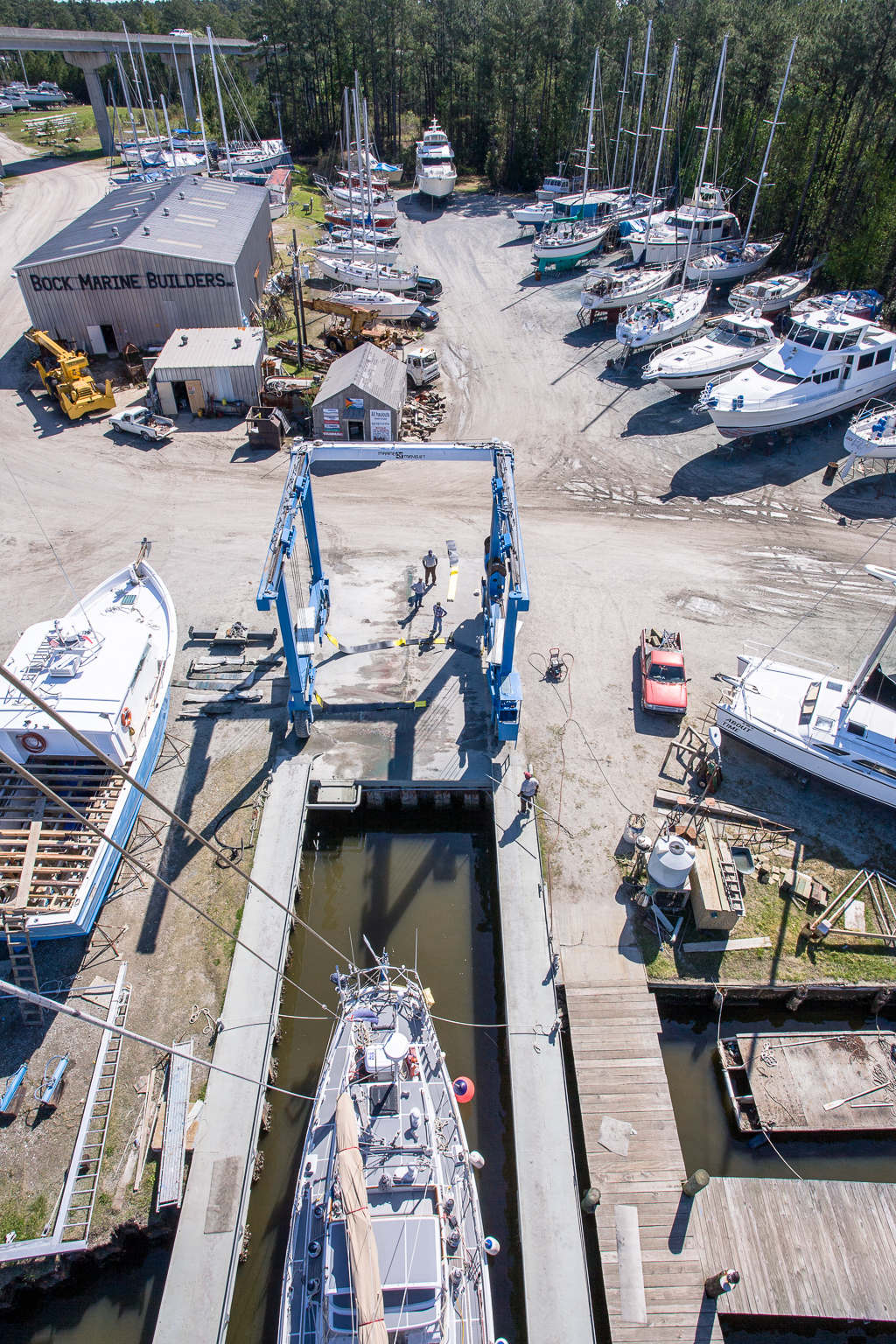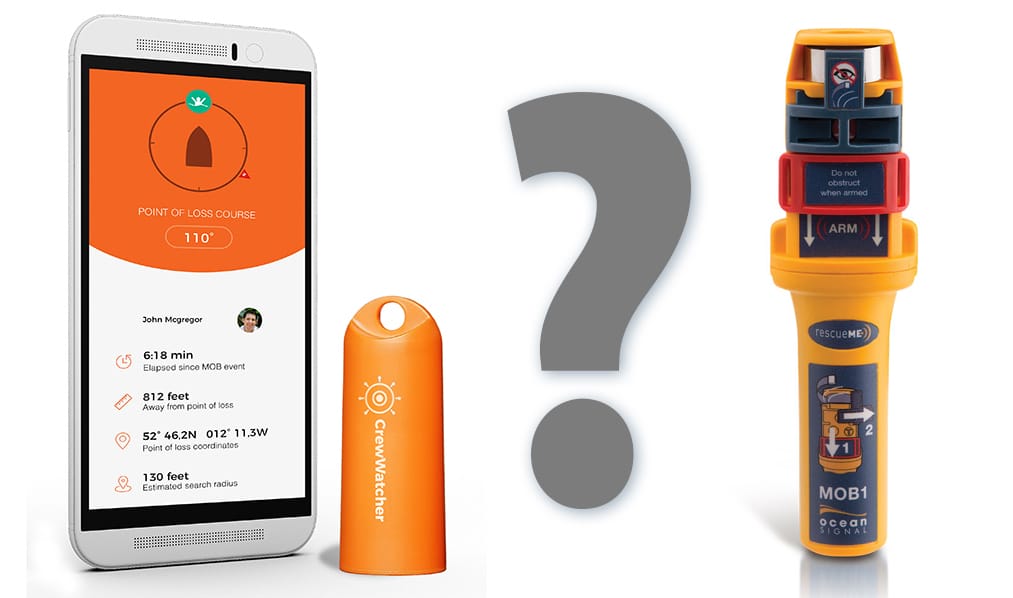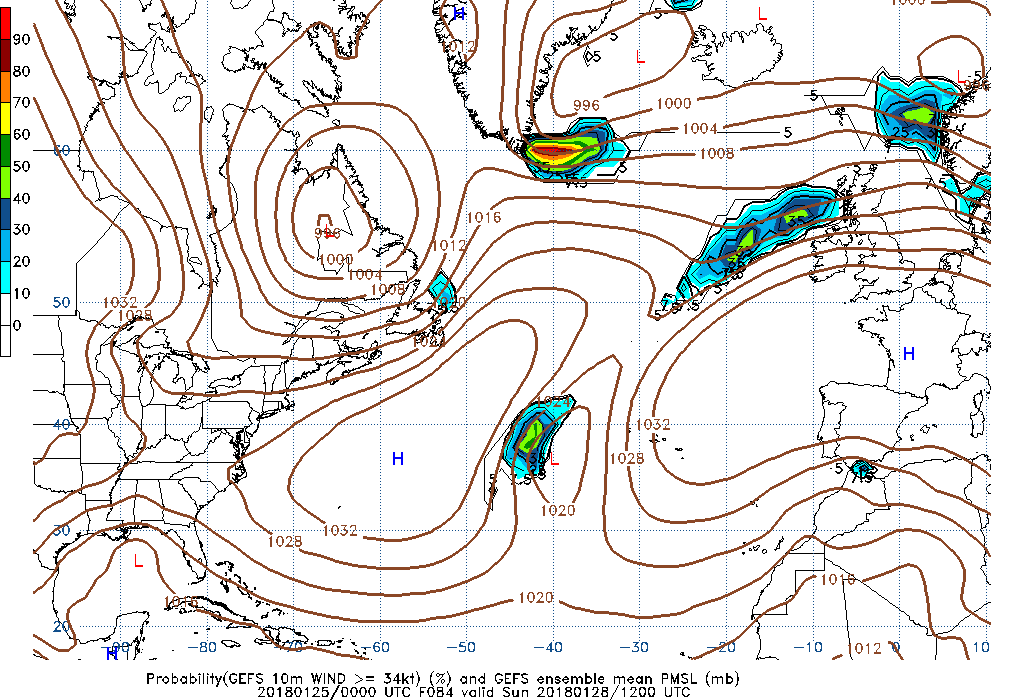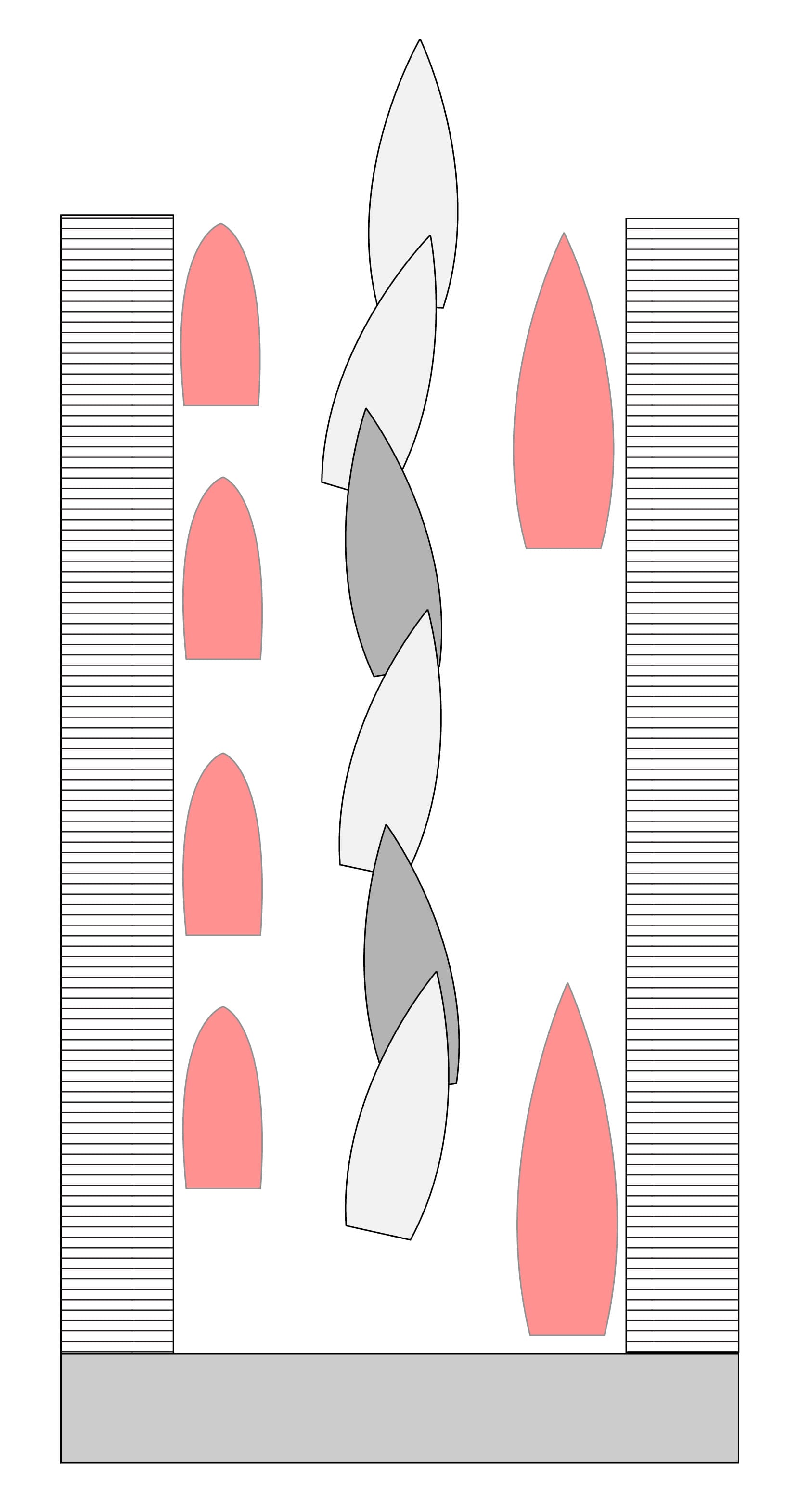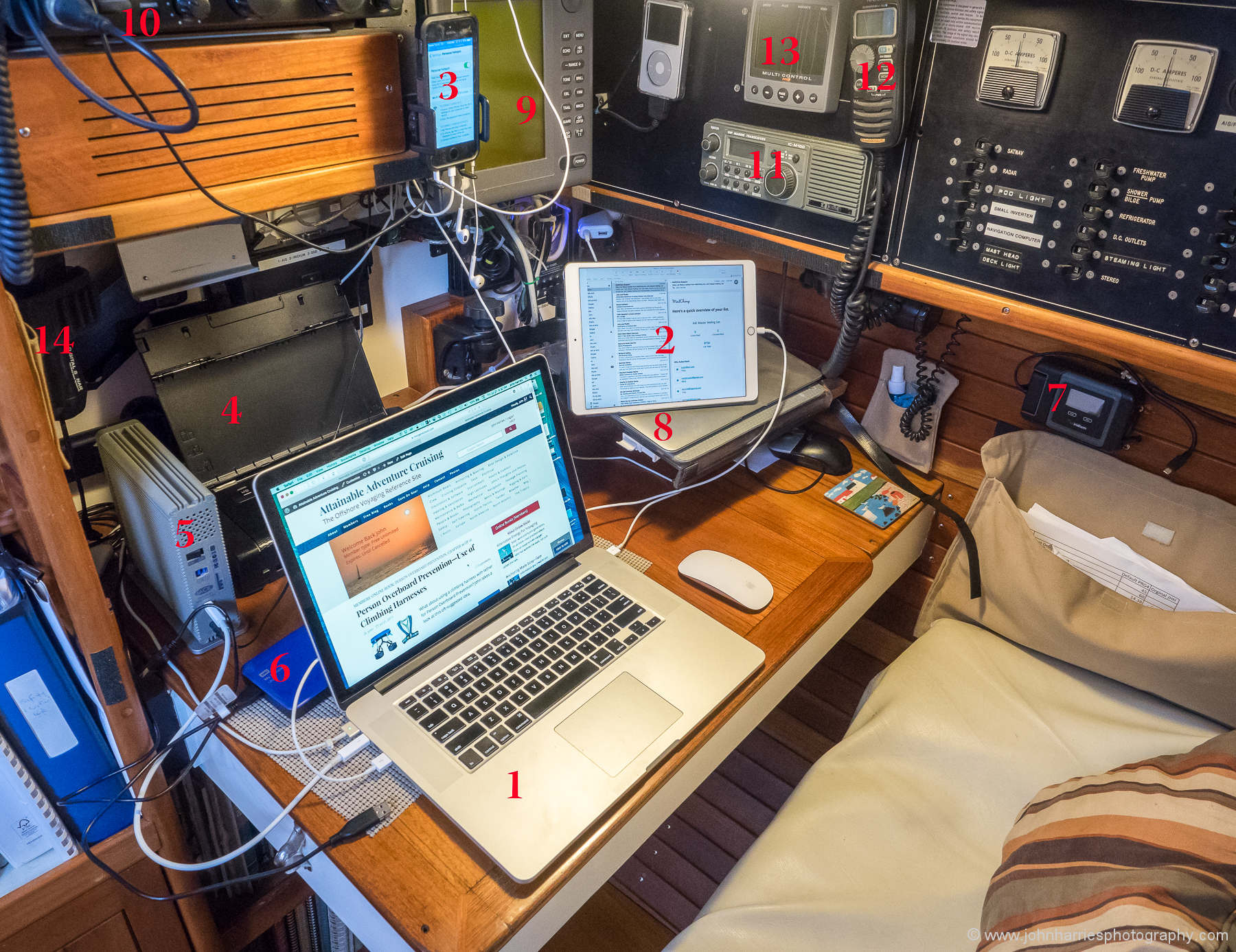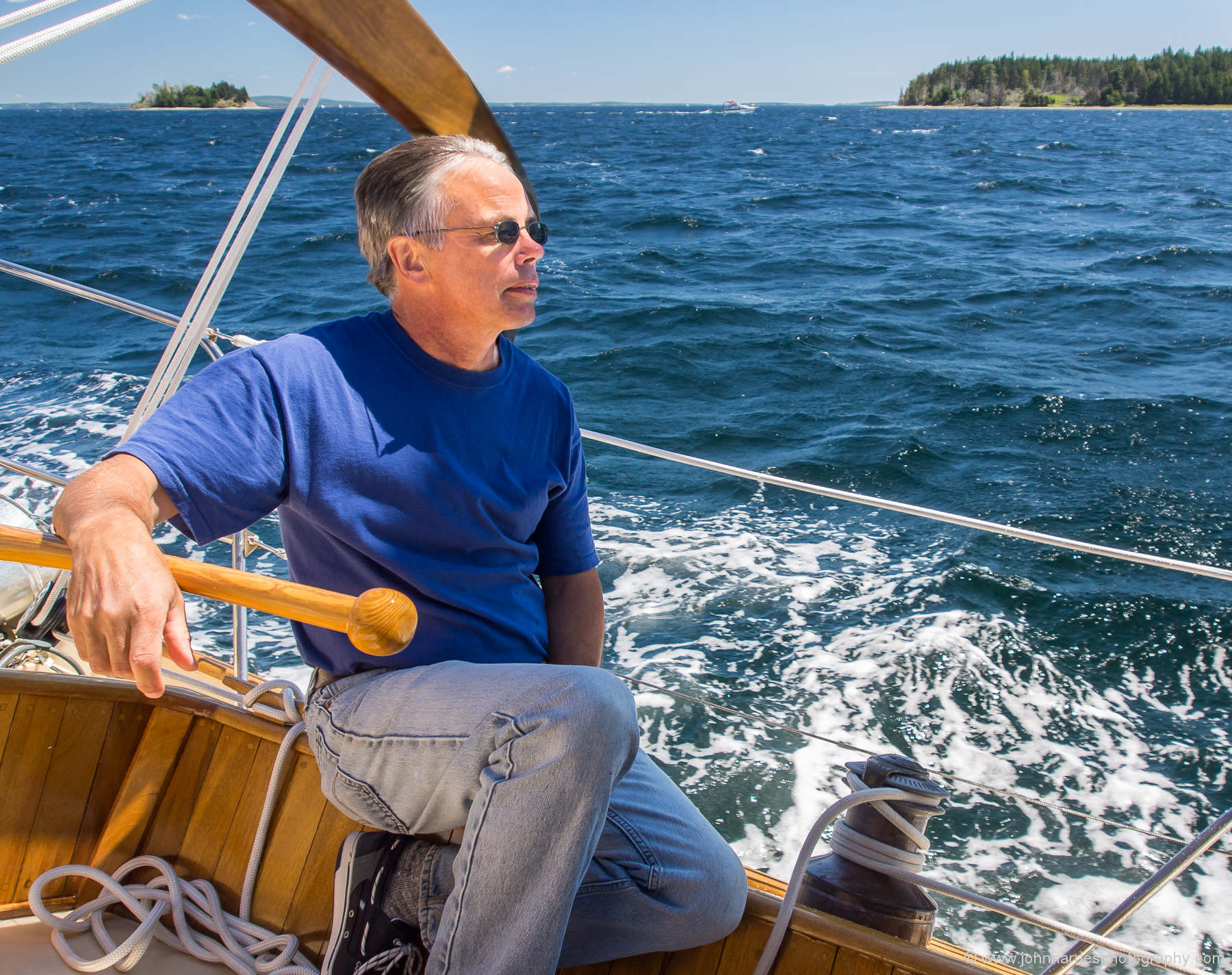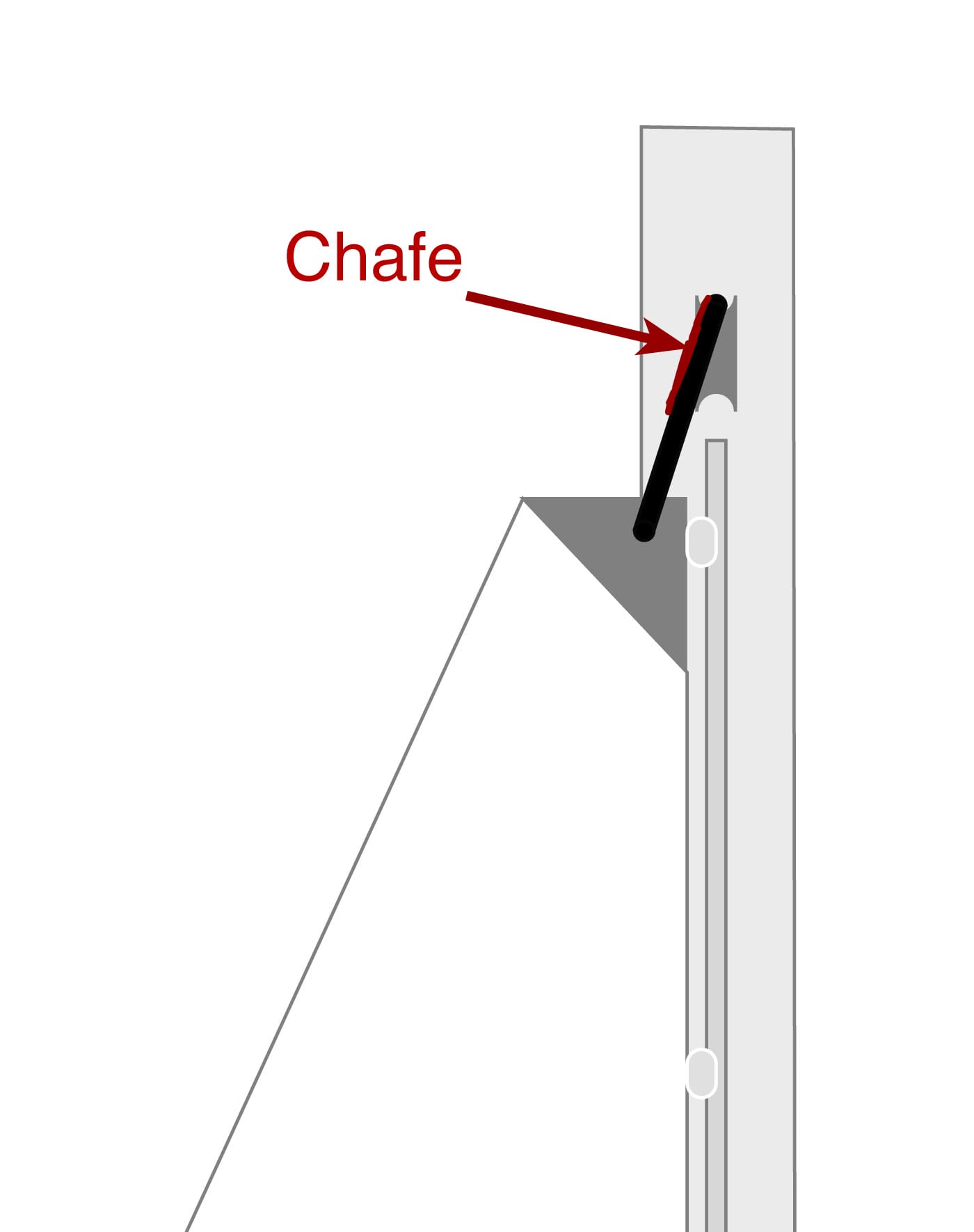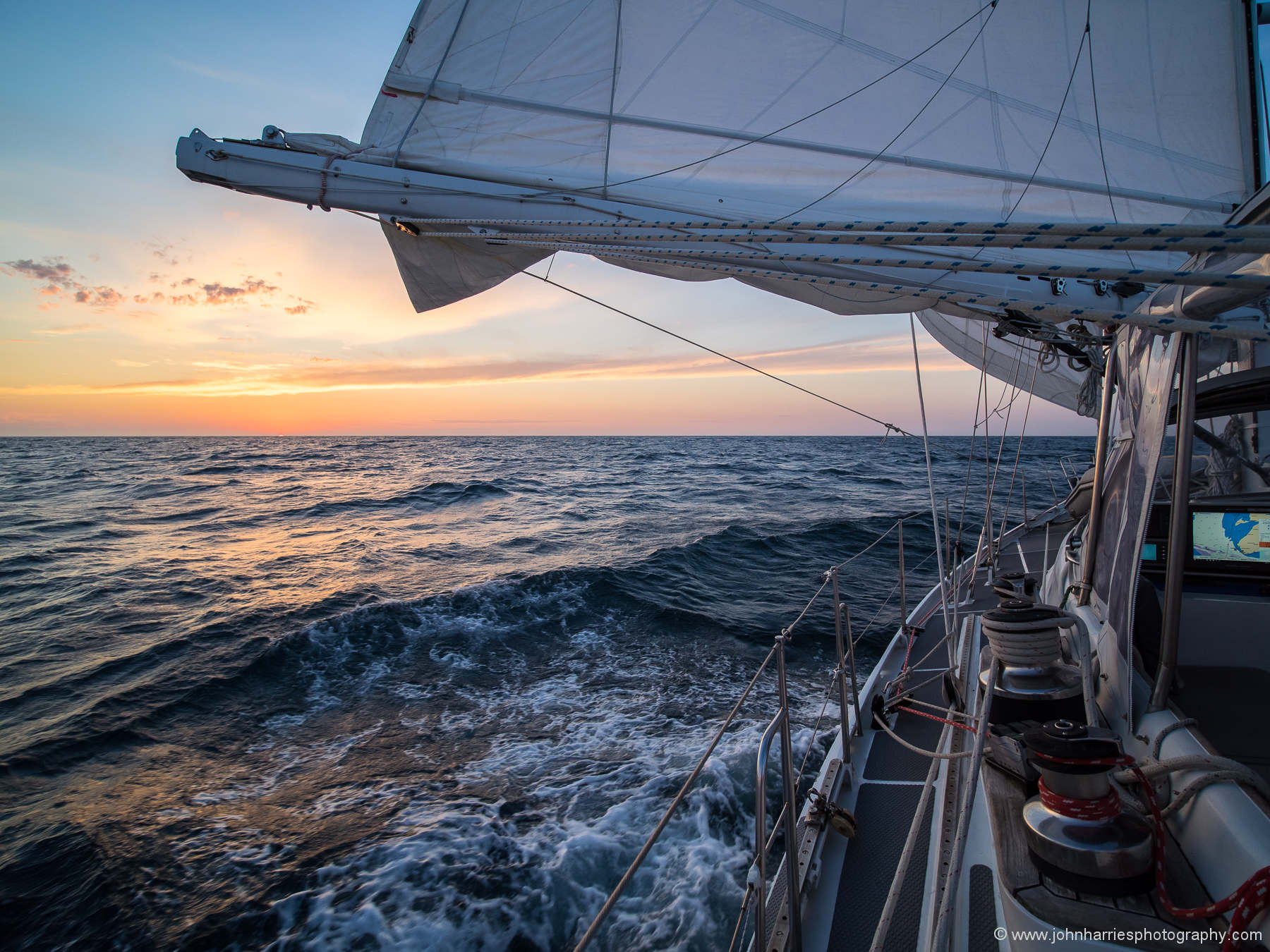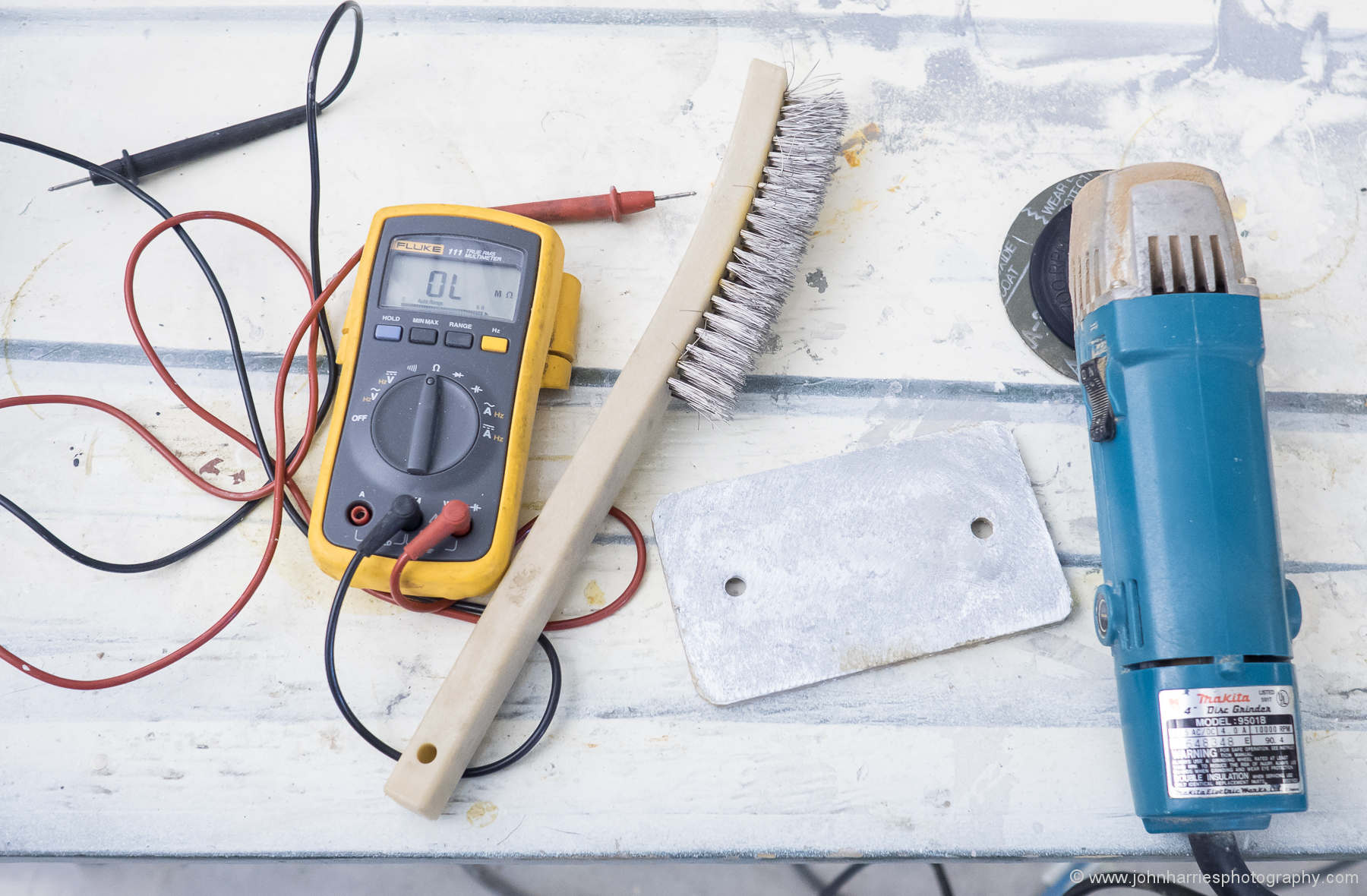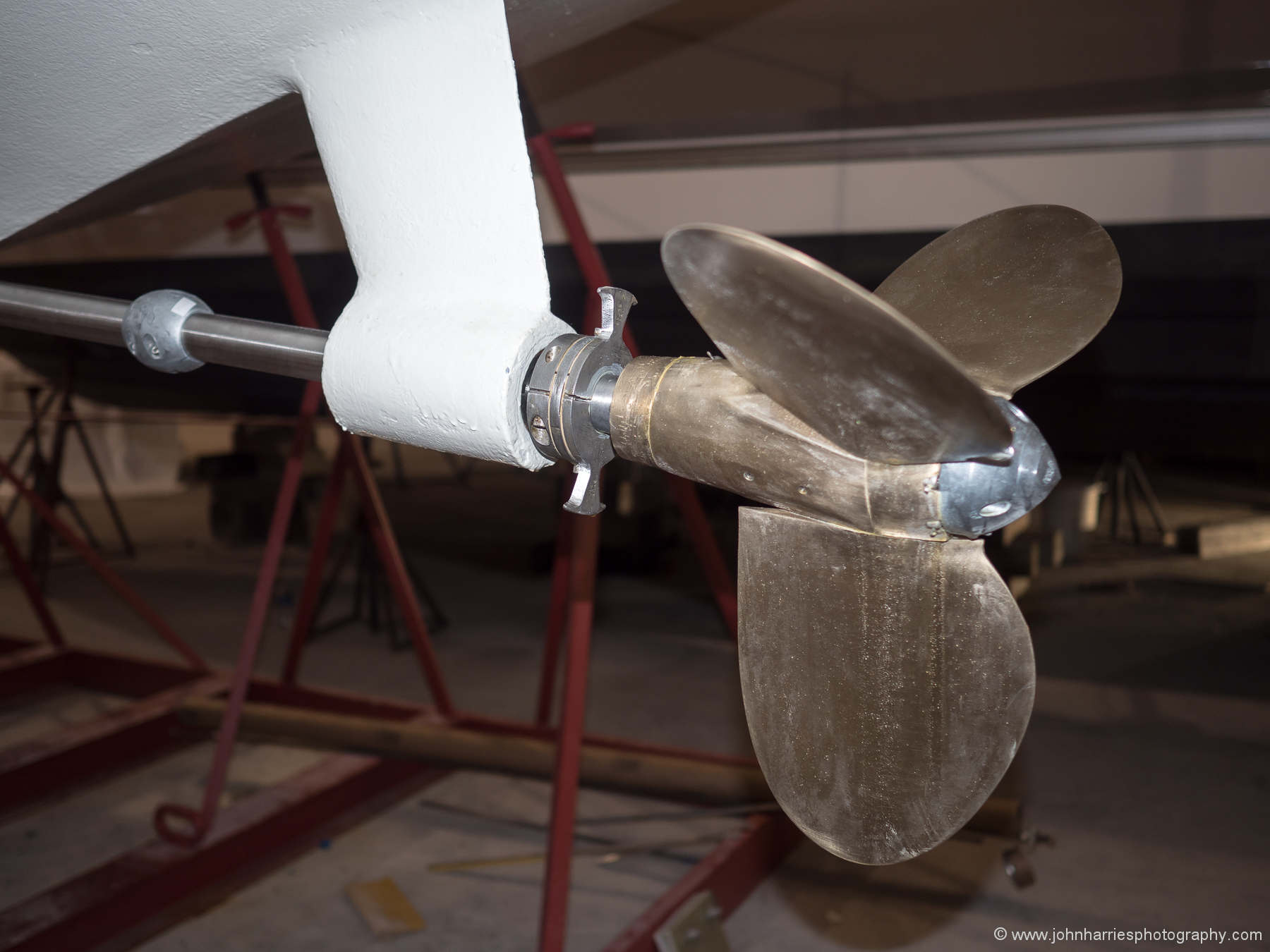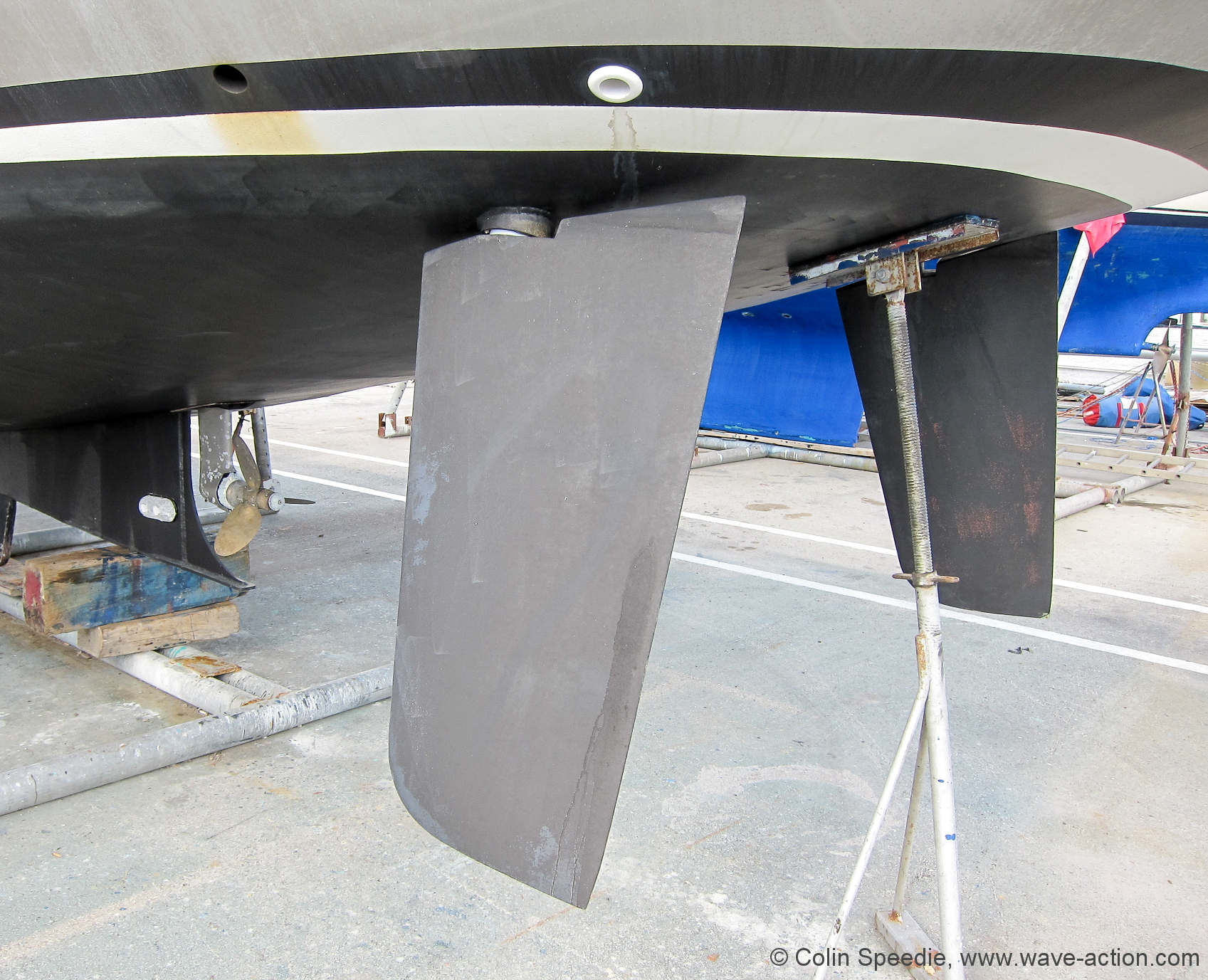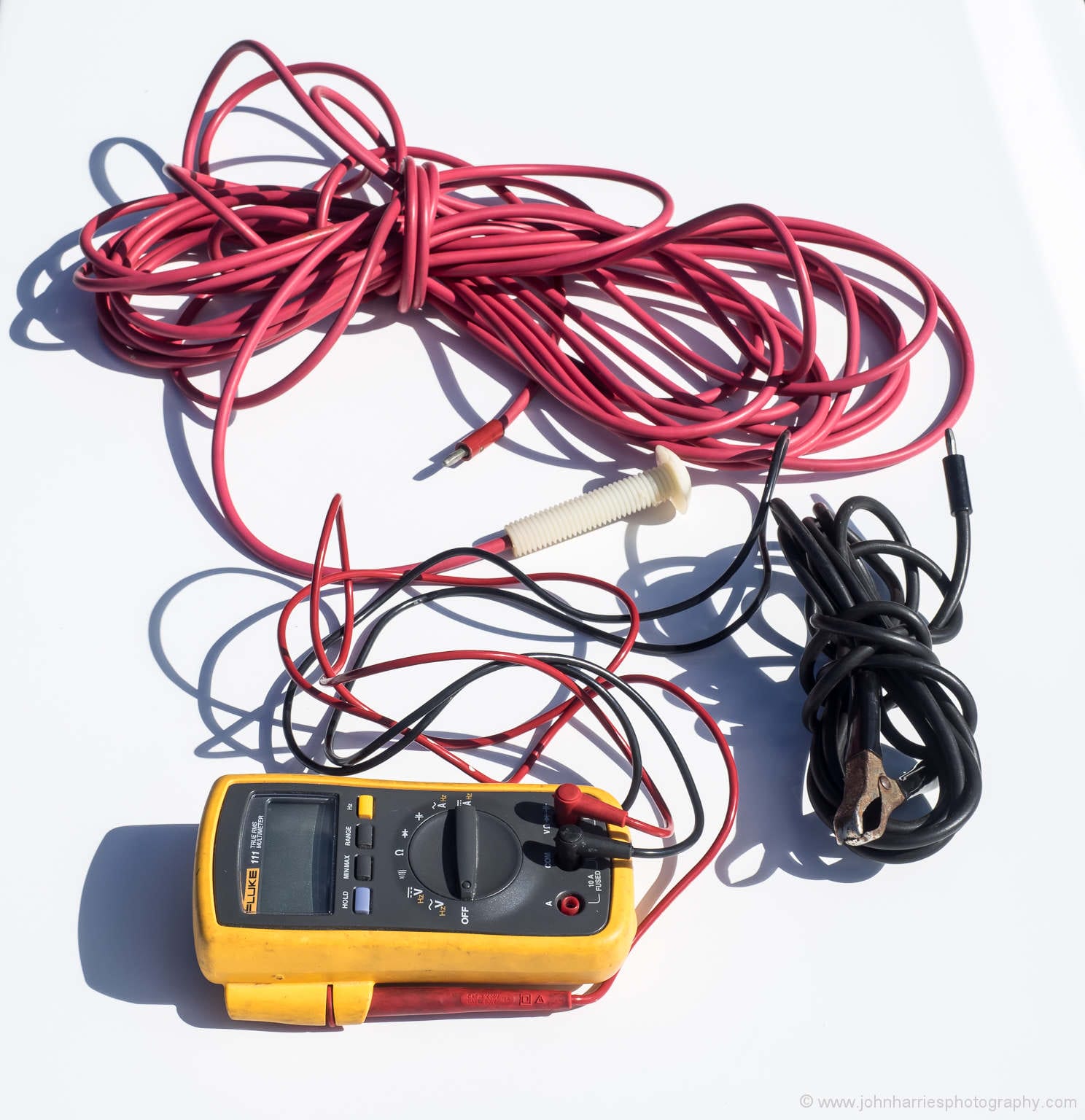-
8 Things I Learned From a Lazy Man’s Galley Makeover
35 CommentsReading Time: 8 minutesMembersRead more: 8 Things I Learned From a Lazy Man’s Galley MakeoverJohn had been putting this project off for years, but it turned out to be easier than he ever would have believed possible. He shares how that happened and eight vital things he learned.
-
Time to Stop Using And Selling Tethers with Gibb-style Hooks
42 CommentsReading Time: 5 minutesMembersRead more: Time to Stop Using And Selling Tethers with Gibb-style HooksA recent tragedy, together with excellent work by Drew Frye over at Practical Sailor, has exposed a dangerous weakness in a snap hook used on tethers by many offshore sailors. John explains the problem and calls on manufacturers to take the lead on getting these hooks off boats.
-
Crew Overboard Recovery—Our Replacement For Quick Stop
71 CommentsReading Time: 7 minutesMembersRead more: Crew Overboard Recovery—Our Replacement For Quick StopThe availability of comparatively inexpensive, and proven effective, AIS/DSC COB beacons means that all of us must think long and hard about what changes we need to make in our Crew Overboard (COB) procedures. John and Phyllis share the recovery technique they will be practicing in future.
-
Of Dishwashers and Yacht Designers
29 CommentsReading Time: 2 minutesFreeRead more: Of Dishwashers and Yacht DesignersA thought on yacht design that will help us end up with a better boat.
-
Crew Overboard Recovery, Is The Quick Stop Bogus?
52 CommentsReading Time: 6 minutesMembersRead more: Crew Overboard Recovery, Is The Quick Stop Bogus?The Quick Stop crew overboard recovery maneuver has become the standard taught in most every safety at sea seminar. But how effective is the method really likely to be, particularly for short-handed crews offshore? John takes a look.
-
Which Lifejacket Auto-Inflator Should We Select?
43 CommentsReading Time: 4 minutesMembersRead more: Which Lifejacket Auto-Inflator Should We Select?Assuming that we have decided to buy and use auto-inflated lifejackets, we have yet another decision to make: Which of the two available activation devices should we select, hydrostatic or dissolved tablet? John interviews an expert and makes a selection.
-
Should We Wear Lifejackets or Harnesses, Both, Neither?
44 CommentsReading Time: 7 minutesMembersRead more: Should We Wear Lifejackets or Harnesses, Both, Neither?Can we stay safe just by following generally-accepted rules like always wear a lifejacket? John doesn’t think so and takes a deep dive into the issues we need to think about.
-
Two Books That Will Help Us Go Cruising—Part 2
64 CommentsReading Time: 4 minutesFreeRead more: Two Books That Will Help Us Go Cruising—Part 2So what can we do to reverse the steady decline in offshore cruising? Here’s a book with an idea that just might help.
-
Apps to Manage Boat Maintenance and Cruises
52 CommentsReading Time: 9 minutesMembersRead more: Apps to Manage Boat Maintenance and CruisesThe apps to use on computers and smartphones to keep track of tasks on a cruising sail or motorboat.
-
Two Books That Will Help Us Go Cruising—Part 1
13 CommentsReading Time: 6 minutesFreeRead more: Two Books That Will Help Us Go Cruising—Part 1Managing our money and saving to go cruising is way more difficult than it was. Here’s a book recommendation to help with that.
-
Managing Boatyard Costs—Part 2
22 CommentsReading Time: 9 minutesMembersRead more: Managing Boatyard Costs—Part 2John provides specific tips, including a meeting script and scope of work outline, to help you get a quote or an estimate from a boat yard and then manage the project to stay at least close to that agreed price.
-
Managing Boatyard Costs—Part 1
60 CommentsReading Time: 7 minutesMembersRead more: Managing Boatyard Costs—Part 1Many boat owners just shrug and say to themselves that all boatyards are a bunch of incompetent crooks and we are going to get screwed no matter what we do. But it does not have to be that way. John shares what he has learned over some forty years of managing boat projects, both large and small, about how to keep costs at least semi-reasonable and how to decide what tasks are best delegated to a boatyard.
-
Smartphone (CrewWatcher) or AIS-Based Crew Overboard Beacons?
151 CommentsReading Time: 9 minutesMembersRead more: Smartphone (CrewWatcher) or AIS-Based Crew Overboard Beacons?An in-depth analysis and comparison of Bluetooth smartphone-based crew overboard beacons as against AIS beacons.
-
Severe Weather Probability Forecast Product
37 CommentsReading Time: 3 minutesMembersRead more: Severe Weather Probability Forecast ProductJohn writes about a new weather forecast product that just might be the most significant weather advance for offshore voyagers since the GRIB file.
-
Coming Alongside (Docking)—Backing In, Part 2
57 CommentsReading Time: 8 minutesMembersRead more: Coming Alongside (Docking)—Backing In, Part 2John continues to make backing-in approaches easy, with four detailed step-by-step recipes (complete with diagrams), one for each wind direction.
-
Coming Alongside (Docking)—Backing In, Part 1
52 CommentsReading Time: 8 minutesMembersRead more: Coming Alongside (Docking)—Backing In, Part 1The general wisdom, repeated over and over again on wharves, in sailors’ bars, and on the forums, is that it’s difficult to back a boat into a tight space, and impossible if said boat has a long keel. But that’s just dead wrong. John shares backing techniques that will work, and even make the process easy, with most any boat.
-
Working While Cruising—Our Offices on “Morgan’s Cloud”
29 CommentsReading Time: 9 minutesFreeRead more: Working While Cruising—Our Offices on “Morgan’s Cloud”More and more cruisers are working while cruising at jobs that require long hours at a computer. And even among cruisers who leave their jobs completely behind when they head out, many are blogging as well as editing photographs and video; all computer intensive. Here’s a look at the gear we use and where we work day to day.
-
Which Is The Best Boat For Offshore Cruising?
58 CommentsReading Time: 4 minutesFreeRead more: Which Is The Best Boat For Offshore Cruising?The debate is incessant in the cruising community: what is the best cruising boat? John comes up with an answer that may surprise you.
-
Running Rigging Recommendations—Part 2
57 CommentsReading Time: 8 minutesMembersRead more: Running Rigging Recommendations—Part 2How to select the right rope diameters, attach sheets and halyards to sails the right way, and keep chafe from ruining your day.
-
Running Rigging Recommendations—Part 1
57 CommentsReading Time: 9 minutesMembersRead more: Running Rigging Recommendations—Part 1Detailed recommendations, including brand names, for running rigging for cruising sailboats.
-
29 Aluminum Boat Care Tips—Part 3
97 CommentsReading Time: 10 minutesMembersRead more: 29 Aluminum Boat Care Tips—Part 3The final chapter in John’s magnum opus on aluminum boat care. Includes some good news about how durable the material really is and some thoughts on why you might want to buy a boat built of it.
-
John’s Thoughts & Photos—November 2017
22 CommentsReading Time: 6 minutesFreeRead more: John’s Thoughts & Photos—November 2017John’s thinking about food (always), cool tools, stinky towels, and other stuff.
-
29 Aluminum Boat Care Tips—Part 2
62 CommentsReading Time: 6 minutesMembersRead more: 29 Aluminum Boat Care Tips—Part 2What started as a simple list post is now a care manual for aluminum boat owners. If you are an aluminum boat owner or are considering buying an aluminum boat, don’t miss this series, it could save you tens of thousands of dollars and untold heartache.
-
Q&A, Coming Alongside (Docking) With Twin Rudders
32 CommentsReading Time: 2 minutesMembersRead more: Q&A, Coming Alongside (Docking) With Twin RuddersJohn tackles a frequently-asked question about how to dock with twin rudders.
-
29 Aluminum Boat Care Tips—Part 1
163 CommentsReading Time: 8 minutesMembersRead more: 29 Aluminum Boat Care Tips—Part 1A quarter century of caring for an aluminum boat has taught John a lot and he is sharing it all.
